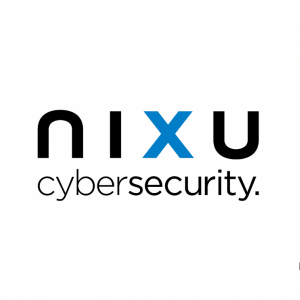Identity, the double-edged sword in conversion
According to the Internet, a double-edged sword is a highly effective weapon that has the potential to turn on an inexperienced user. I argue that a customer's digital identity is a double-edged sword for a vendor in the digital age. Highly useful when properly managed, it can all too often shave off tenths from a vendor's rate of conversion
Conversion optimisation is a broad discipline. The quest for better conversion often results in a list of questions typical of A/B testing: would a red button actually be better than a green one; does a bigger product image result in more positive purchase decisions? Business executives and even service designers often pay very little attention to the processes related to a consumer client's digital identity, such as registration, customer profile maintenance, signing in and single sign-on: "I'll just let the new guy in IT deal with all this IT stuff ”
A digital identity in an online service is not an IT issue. Customer identity management is about creating a more profitable business.
Poor customer identity management solutions, such as complicated registration or sign-in processes, can make a webshop customer decide to leave a full shopping basket at the checkout. When done right, it can lead to better customer experiences and improve conversion rates.
Next, I will discuss some customer identity management tools that can help you reach these goals.
Uncomplicated customer registration helps to ensure that purchase decisions don't fall prey to long and intrusive questionnaires. If a customer is asked to register at the checkout of a webshop, he should only need to fill in a few key details. Additionally, social media identities can be used as sources of information. The main aim of gathering information is to round out the customer profile while building trust and a customer relationship. Transparency in issues regarding information security helps to build trust.
Returning customer identification is a balancing act between ease of use and information security. Easy-to-use identifying methods, such as signing in using a social media profile, help to keep a returning customer's conversion threshold low.
Using a single sign-on method is an improvement on cookie-based profiling. We recommend using robust identification to confirm certain higher risk actions. Choosing an easy-to-use identification method is of utmost importance, especially when robust identification is required for payment.
Full-scale utilisation of customer information in digital business is especially challenging for an organisation that has long been active in the customer market, because customer information is spread over many different systems. It pays to use a single customership strategy. It brings a better customer understanding and creates a unified customer experience regardless of channel. Customer identity management helps to break the barriers between the different depositories of customer information and bring it all together under a single identity.
In the creation of an omnichannel service experience a customer's digital identity can be an invaluable tool. A single identity and centralised digital identity management processes help to blur the lines between channels and make it possible to connect information gathered from various channels with a specific customer. With the right tools a digital identity can also be brought to brick and mortar stores, thus eliminating identity as an obstacle in the creation of omnichannel experiences.

